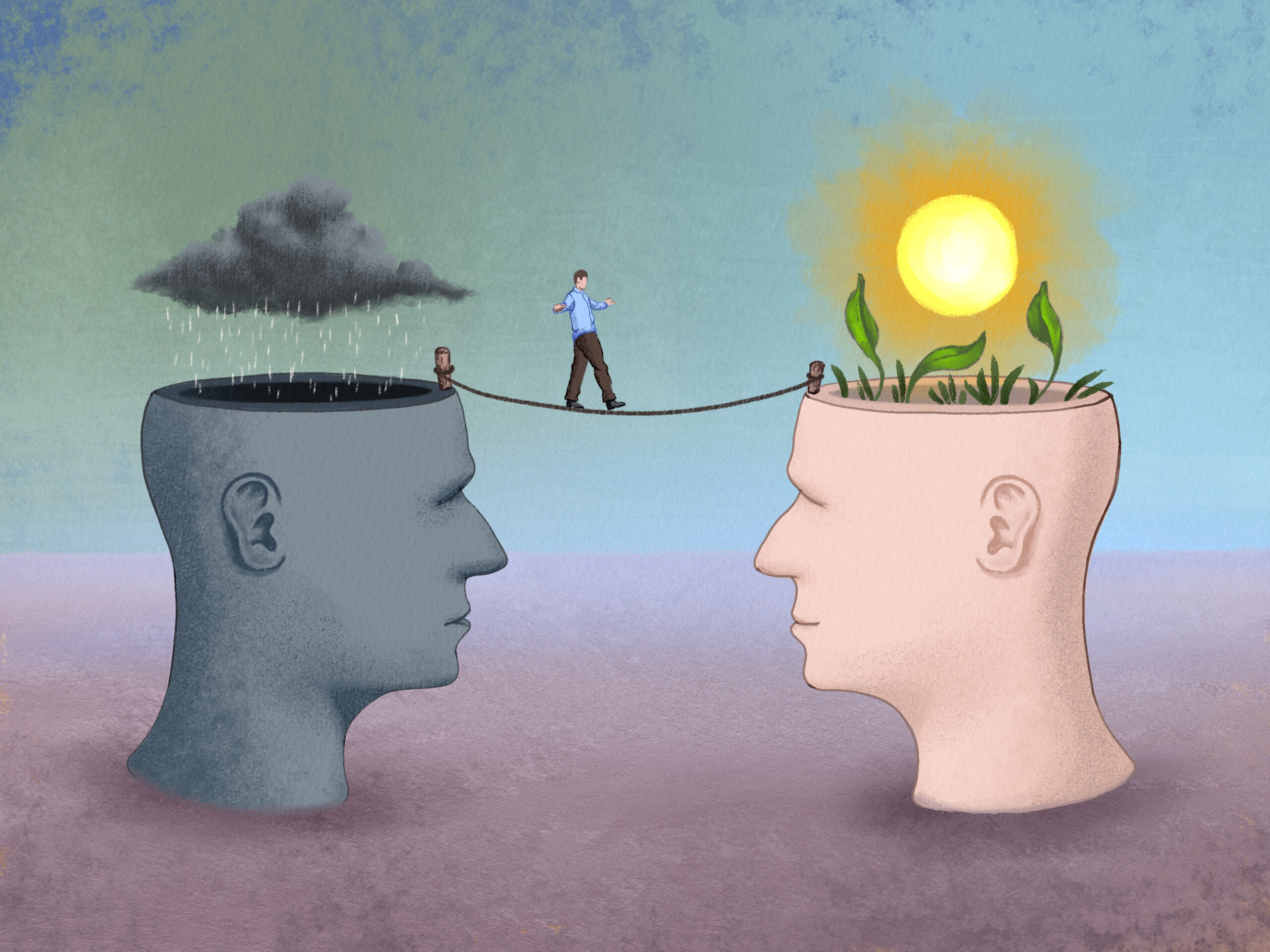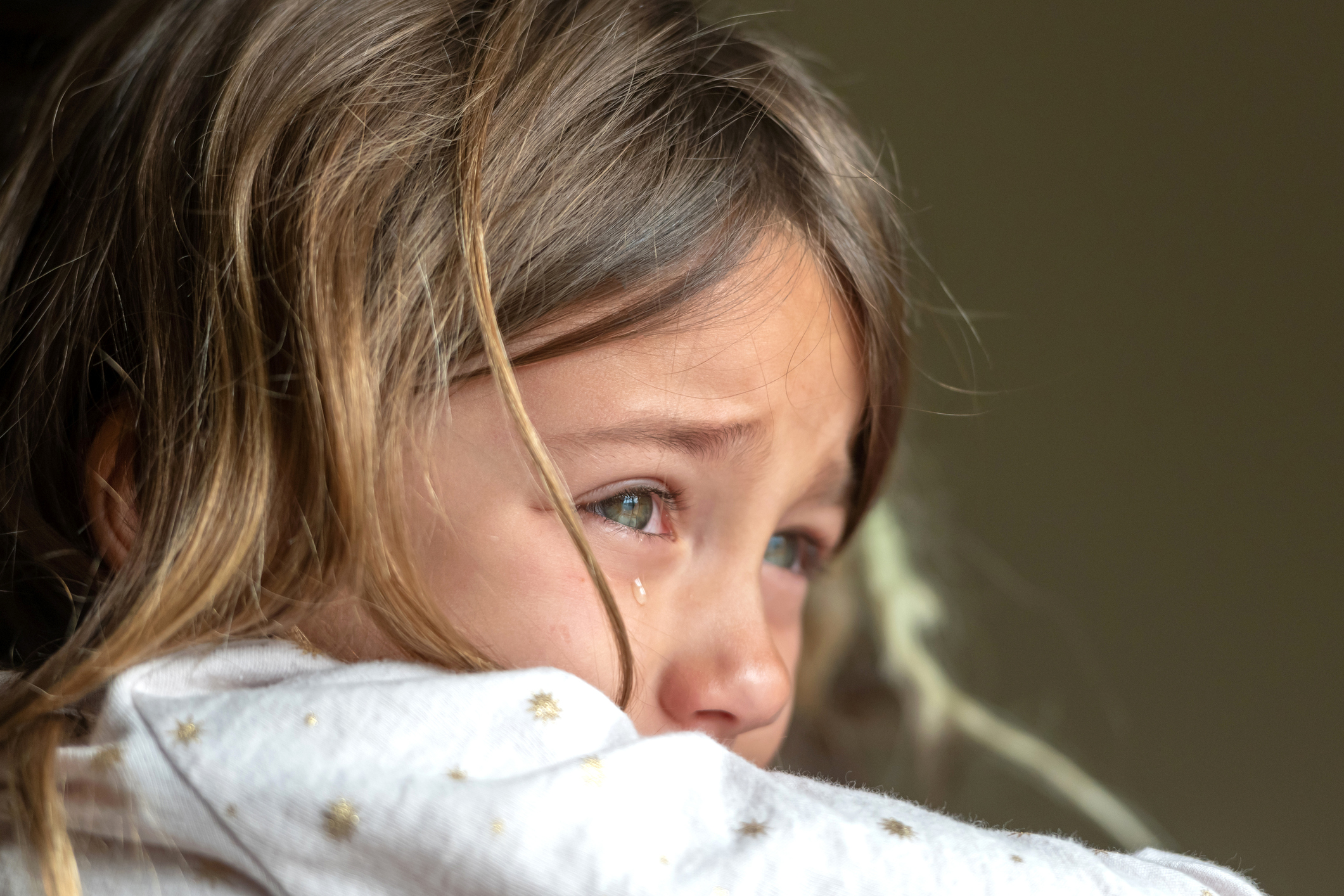To truly work towards healing a child following a traumatic experience, it’s important to understand the psychological depth of that trauma. Trauma can result from several things:
- Experiencing first-hand abuse by a parent or elder, whether physical, sexual, or emotional
- Witnessing a profound or violent act done towards someone else
- Being physically or emotionally neglected (i.e., not being fed, given little to no attention, not being bathed or cared for, etc)
- Witnessing violence or negativity in the community, classroom, or other aspect of society
- Having profoundly negative experiences occur within the home with one or more parents (a jailed parent or family member, drug abuse or alcoholism, divorce, imprisonment, etc)
Because of the vast nature of the types of abuse a child can experience, there is no single strategy to promote healing and processing. There are often many layers to trauma, and it can often negatively impact a child physically, mentally, and emotionally, even when the abuse is only in one area. For this reason, the healing process must be cohesive and designed for the individual rather than tailored to the specific experience of trauma.
Shockingly, nearly half of all children in the United States are subjected to some form of trauma in their early years. Healing all forms of trauma is vital because trauma leads to the following challenges and issues as they grow:
- Developmental delays in learning and growing
- Issues with cognition and comprehension
- Behavioural challenges
- Dissociation and refusal to address traumas as they grow older
- Emotional responses like violent outbursts, depression, or anxiety
- Difficulty forming and maintaining relationships with peers and adults
- Distorted sense of self, as well as many other issues and conditions.
These issues often continue throughout childhood, worsen through adolescence, and persist throughout adulthood. For this reason, a broad range of treatment and healing is necessary.








